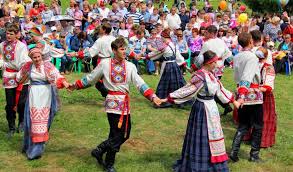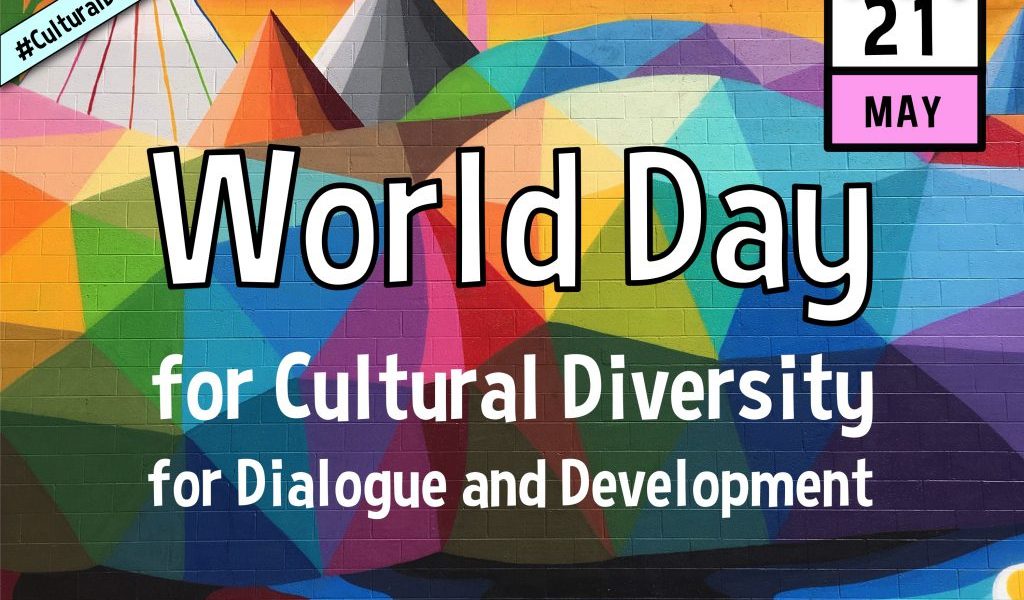One of my favourite pastimes is to log onto YouTube and watch videos about lands far away and absorb their lifestyles, architecture, dressing and food. Most times I invite my teenage daughter to watch these with me and look at the fascination and wonderment evident in her face and in her questions.
I have always thought how life would be mundane if we all shared the same culture. I am proud of mine, and very interested in learning about all others: West African food, South American traditional medicine, Eastern European dressing. Learning about other cultures brings about a sense of fulfilment, promotes mental, emotional and intellectual growth.

According to the United Nations, three-quarters of the world’s conflicts have a cultural dimension to them: tribal, religious and others. This is why cultural diversity is important. Understanding different cultures bridges the gaps between them and helps foster peace among the people through mutual understanding of different ideas, customs and social behaviour.
As well as encouraging peace, cultural programmes and events rake in billions of dollars in revenue globally and accounts for 29.5 million jobs worldwide. This goes on to show that cultural content is a vital tool in poverty reduction and a thriving sustainable economy.
The United Nations celebrates World Day For Diversity For Dialogue And Development on 21st May each year since 2002. It is an opportunity for us to deepen our understanding of values of cultural diversity and advance the UN goals which include integrating culture in sustainable development frameworks, promoting human rights and fundamental freedoms and supporting sustainable systems of governance for cultures.

It is said that culture incorporates social behaviour of a particular people and can range from anything from men breaking a kola nut for their guests in 19th century Nigeria to a Mohawk haircut on a punk kid’s head in the 90’s. Speaking of Mohawk- the hairstyle was trade mark of the Native American tribe and was later adopted throughout the world, mostly by the youth who felt that they needed to express themselves. Personally I fancy bohemian prints for my dressing and Maasai jewellery. Cultural diversity makes the world a colourful, understanding place. I simply cannot wait for the mass quarantine to end so that I can visit the Maasai market! Until then I will watch how to make traditional Indian rotti on YouTube.

